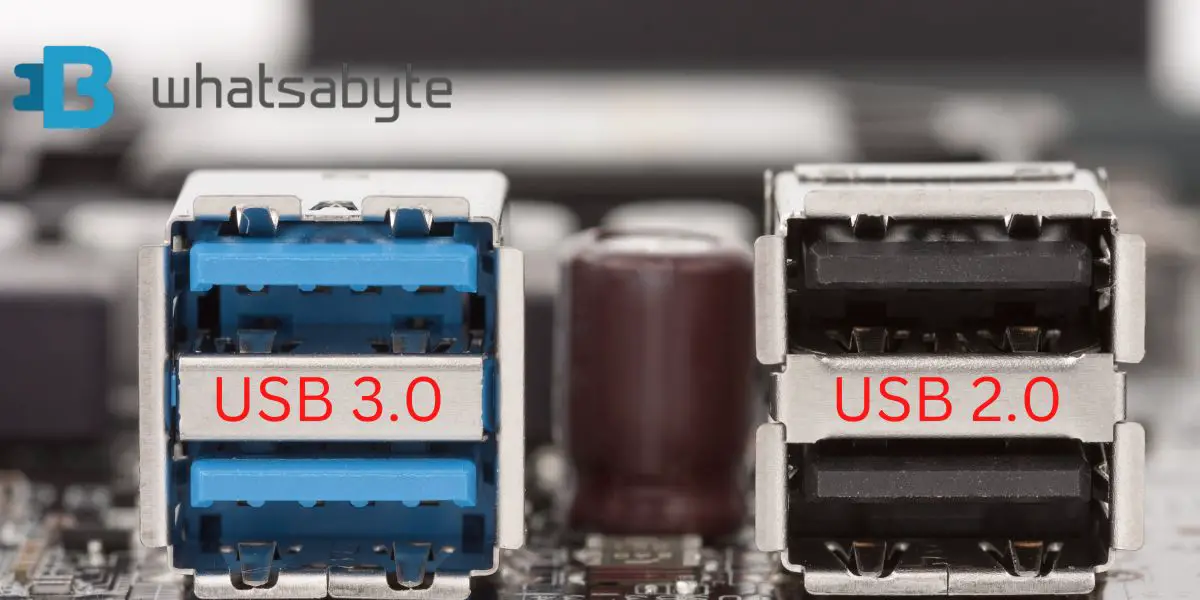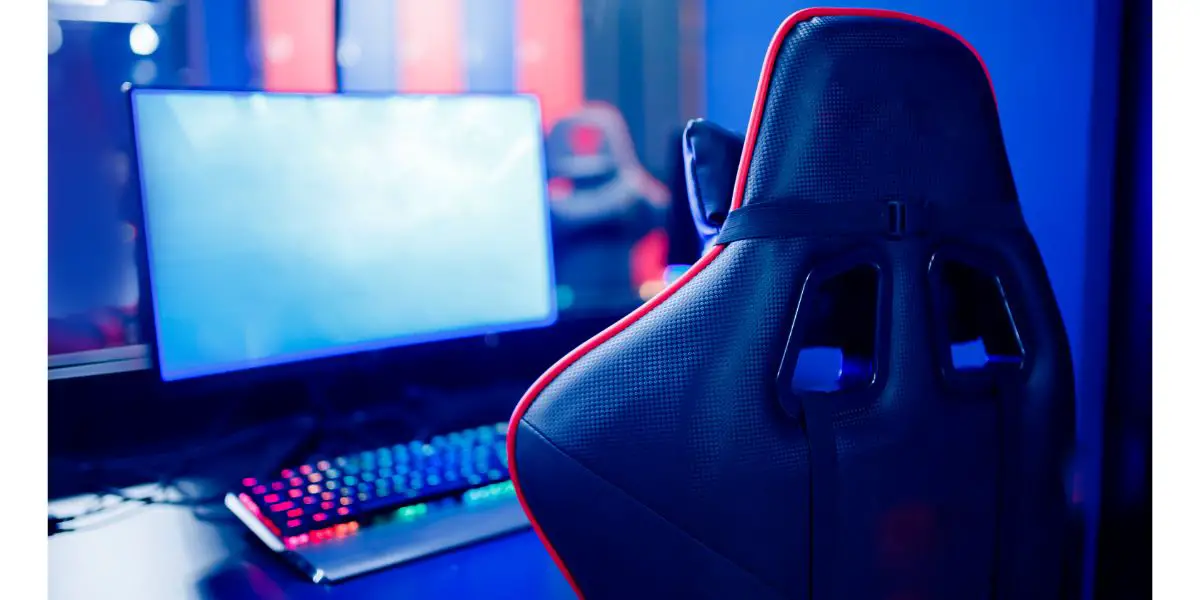Disclaimer: This post may contain affiliate links, meaning we get a small commission if you make a purchase through our links, at no cost to you. For more information, please visit our Disclaimer Page.
When most people think of USB standards, they probably envision peripheral devices that they can connect to ports on their desktop or laptop computers. While this is certainly true, the Universal Serial Bus standard doesn’t refer only to how different accessories or devices can hook up to your system.
Along with this feature, many companies that work with or develop USB devices work on ways to make the standard work differently or more efficiently. The result of these efforts is that there are different versions of USB on the market today, and these versions are about more than how devices connect to computers.
Although any USB standard will have some similarities across all versions, there are more recent ones that run in ways that their predecessors may not be able to match. Because it can be confusing to figure out why manufacturers may choose one version over another, we will contrast two popular ones that you might find on your devices today.
Some systems have built-in support for more than one standard, but not every device you connect to a particular system may be able to use either USB version.
Table of Contents
What’s the Difference Between USB 2.0 & USB 3.0?
Both USB 2.0 and 3.0 represent different generations of the same basic technology. There are a few key factors that separate them.
1. Speed
This is possibly the main thing that puts these two variants on different levels. With USB technology, data transfer rates are a crucial aspect that can impact a user’s choice. If you are dealing with USB 2.0, you should be able to achieve data transfer speeds of up to 480 Mbps.
This speed is adequate for many average users, but USB 3.0 technology improves upon it quite a bit. With the latter, a device should be able to top out its transfer speeds at almost five gigabytes. In other words, USB 3.0 can transfer data up to 10 times faster than its counterpart.
2. Wiring
Any USB device needs to be able to connect with the primary system for which you might use it. Different standards have different numbers of wires with which they can make this connection to send data. USB 2.0 has four, but USB 3.0 more than doubles that with nine. The extra wires in the 3.0 standard allow it to increase its bandwidth and speed capabilities.
3. Backwards Compatibility
USB 3.0 devices should be backward compatible with machines with USB 2.0 ports. You can plug in a USB 3.0 device into a port that has 2.0 standards, but the specifications of that port will limit what the 3.0 device can do. Typically, you won’t be able to use the 3.0 unit to its full potential, but it will still transfer data as fast as anything using a 2.0 port.
Some operating systems may tell you that the device will run better if you use a 3.0 port, and others may tell you that you need an adapter. However, most of the time, you should be able to plug a faster device into a slower port without any issues.
4. Port Colors
Generally, most USB 3.0 ports on a device should have some blue borders next to the connector. The slower USB 2.0 port usually features black etching instead.
Can You Change USB 3.0 to 2.0?
Technically, you cannot change USB 3.0 to the 2.0 standard. USB ports represent part of the hardware a computer uses. Although some files, known as drivers, govern how this hardware behaves, it is not as simple as just uninstalling USB 3.0 drivers.
Even if you did so, you would need to install specific USB 2.0 device drivers for the particular equipment you wanted to connect to your computer. Doing so could result in the ports behaving erratically or not functioning. Thanks to backwards compatibility, however, you should be able to use 2.0 devices in 3.0 ports.
Which Reduces More Input Lag, USB 2.0 or USB 3.0?
Input devices send signals or commands to a computer system to get it to perform specific actions. Most computer users will be familiar with the common setup that includes a mouse and a keyboard. Most systems will have these two basic input devices by default, but there are others you might use or set up for your rig. Most laptops, for example, will use some touchpad instead of a traditional mouse, although you can also pair a mouse and laptop together.
In any case, it still takes the system a moment to register that you’ve pressed a particular button or key. The computer needs to figure out which signal the user sent to it, what it means, and what action it should take based on that signal.
A keyboard might send a signal to type a particular letter onto the screen, and a mouse might ask the computer to open the app. There is a slight delay between the time the user presses the button and the action taking place. In the tech world, this is input lag.
For the most part, input lag probably isn’t that noticeable to users running light applications on their computers. The delay should be short enough that someone can already start pressing the next key while the computer inputs the command from the previous one. You may notice this lag more if you run resource-intensive applications. Similarly, input lag may become more of an issue if your computer is sluggish due to old or strained hardware.
Reducing input lag to the smallest increment of time possible can benefit particular applications. For things like games, it can mean that there is almost no perceptible delay between pressing a button and an in-game action happening on display.
This aspect could be a crucial part of enjoyment or success in any games that deal with fast-paced scenarios. Even if they do not have much in the way of action, cooperative and competitive multiplayer titles need as little input lag as possible to maximize enjoyment.
Technically, USB 3.0 should reduce latency more than its 2.0 counterpart can. The exact degree to which this happens can be difficult to measure, and there may be some small changes between one input device model and the next. However, we can estimate the lowest latency levels that each standard should be able to achieve.
On a related note, the USB 2.0 standard has different forms. USB 2.0 has a high-speed standard that should be able to operate at a latency of 0.125 milliseconds. While USB 3.0 should give less latency but operates at this interval.
That said, although USB 3.0 should be better in input lag, it is unlikely that it improves upon it to any degree that users would notice. The standard has the technology to lower input lag levels more than USB 2.0, but not all input devices can use USB 3.0 as a standard.
While this number may grow over the years, many developers use the 3.0 standard for things that do not deal with input lag. Most notably, you’ll find USB 3.0 capabilities in devices like external hard drives, flash memory drives, and docks for hard disks. Some card readers, cables, and display adapters may also use it.
Is USB 3.0 Better for Gaming?
The USB standard you use for gaming should not have much of an impact on the overall experience. The only possible exception is if you own one of a few select keyboards. There are a few keyboards on the market that manufacturers design to take advantage of USB 3.0 capabilities. Even so, most keyboards or mice you will use for gaming do not have a way to use any of the benefits of the 3.0 standard.
Most of these devices will use chips that operate much slower, but they should still produce adequate input speeds for modern games. Similarly, any differences you can discern on your own would be minimal. If you are having issues with lag or delays during gaming, the transfer speeds of the USB standards are probably not at fault.
Does USB 2.0 or 3.0 Matter When It Comes to External Storage?
Yes, which USB standard you use for your external storage can make a difference in its effectiveness. You will most notably see faster data transfer speeds when copying or moving files to or from the device.
However, you will also need a hard disk to support the top speeds we discussed earlier. Additionally, you may need an adapter that can handle the extra connectors and bandwidth that USB 3.0 offers.
Conclusion
USB ports and devices are some of the most useful kinds of technologies that we have access to today. They make it easy to plug in different devices and use them quickly. Furthermore, the different standards continue to improve the rates at which we can transfer our important data to the various storage media options we want to use. Thanks to backward compatibility support, we can also take advantage of USB ports that operate on levels that differ from the devices we might have.


